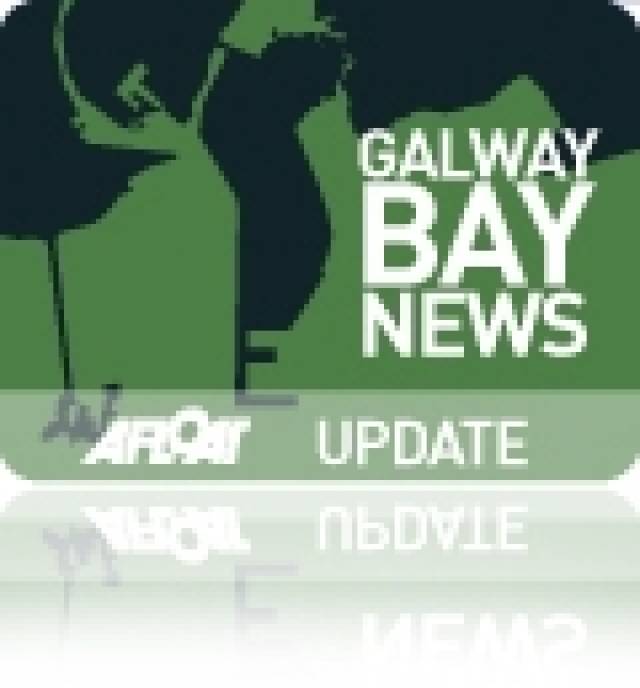#Redevelopment - Galway Harbour could face terminal decline unless a proposed €126m redevelopment is given the go ahead, a full oral hearing was told of about the project, reports yesterday's Irish Times.
The CEO of Galway Harbour, Eamon Bradshaw, told the An Bord Pleanála hearing that ships are sometimes left sitting off Mutton Island for long periods because the current port was effectively only open for four hours during any 24-hour cycle.
Mr Bradshaw pointed out that the new national ports policy identified the harbour as a strategic regional hub for petroleum, while its current location close to the city centre limited its potential for further expansion. The proposed redevelopment will also allow the port to accommodate cruise ships.
Mr Bradshaw said the board of Galway Harbour was obliged to look at the future of the port as a commercial entity capable of servicing the western region.
"The alternative was to see the port decline and with it the possible disappearance of a tradition of commercial trading from Galway going back over a 1,000 years," he told the hearing.
Harbour master Brian Sheridan said Galway Harbour Company was advised as far back as October 2000 that trade would go into decline over 25 years without a process of relocating and upgrading.
"The operation of the harbour as it currently exists has become increasingly difficult over the past decade," Mr Sheridan said. "This is largely due to the size of ships now calling at Galway. On a number of occasions, I have had to deny access of ships which I considered too large for the port, as the risk to the marine environment and public safety was too great."
Captain Sheridan said the proposed relocation of an oil jetty would resolve risk and related planning issues: "For reasons of public health and safety, the relocation of the commercial business is imperative."
The newspaper has much more to report, click HERE.
In addition a photograph of cargoship,Thior Gitta which Afloat.ie reported on her departure from Galway Port in 2011 for Mauritius. She was loaded with a pair of former Aran Islands sister ferries, that were beset by incidents prior to the 8,300 mile delivery voyage to the Indian Ocean, to where they serve new owners.
































































